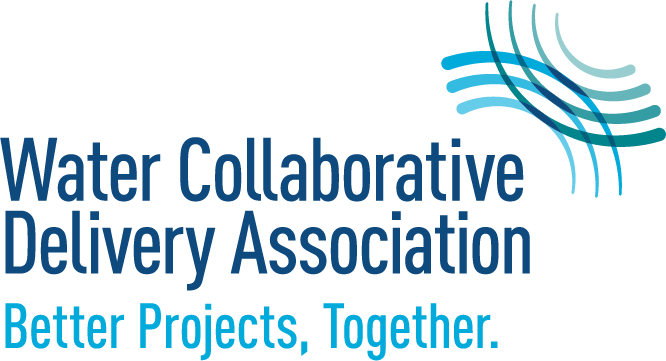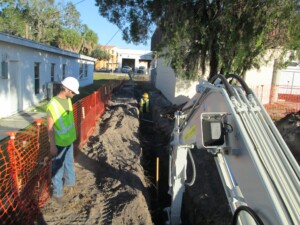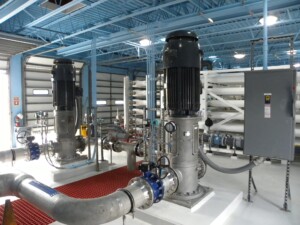Challenge
In 2013, the City of Venice, Florida, needed to retrofit its existing reverse osmosis (RO) 4.5 mgd water treatment plant with new RO membrane skids that could meet the existing total demand situations (TDS) and flow conditions. The plant also needed the flexibility in its operations to decrease the withdrawal of water from wells by using second-stage treatment and also increasing capacity without increasing well withdrawals through increased recovery. As a result, the City’s overall goal was to optimize the existing treatment system for the future as well as get the best performance out of existing membranes by installing new pumps and cartridge filters and upgrading the membrane cleaning system and ultimately providing a new state-of-the-art fully automated SCADA system.
The City faced several challenges for this project. One was to maintain service, pressure, and reliability in the system; three out of four skids had to be fully functional at all times during construction. Another was that the majority of construction work had to be done outside of the winter high season, when population grew from 25,000 to approximately 40,000, which increased the demand for potable water. The design-build team and City worked together to develop a construction sequencing plan that was both cost effective and met the requirements of maintaining service.
Approach
Due to the complexity of the project that involved the need to reduce risk from unknown conditions at the site and manage the construction schedule around seasonal flows and control costs, the City of Venice used a progressive design-build procurement to select Haskell as the design-build firm. The Haskell team worked with the City to develop sequencing plans for the demolition, installation, commissioning, startup, disinfecting, and testing, as well as an extensive temporary piping plan for the startup and testing of each RO skid. During transition from the old to the new system, the City needed to operate both the old and the new SCADA systems in order to maintain reliability during the training process.
Results
Completed in 2015, the project enabled the City to achieve the high levels of performance from all the new equipment and SCADA system and to optimize the system for the future. Through the use of an efficient design for the equipment, the overall motor horsepower of the system was reduced by 450 hp, resulting in significant power savings. The new equipment system consists of four new membrane skids, each with a capacity of 1.1 mgd at 50% recovery. In addition to replacing the membrane skids, the Haskell team evaluated and ultimately replaced the raw-water feed equipment, which included cartridge filters, feed pumps, field instruments, piping and valves. A new cleaning system was provided with the new RO system. Upgrades to the SCADA system included replacing all programmable logic controllers (PLC), remote terminal units (RTU), new operator workstations, SCADA servers, additional field instruments, plant fiber loop, and new radios for remote site communication.



